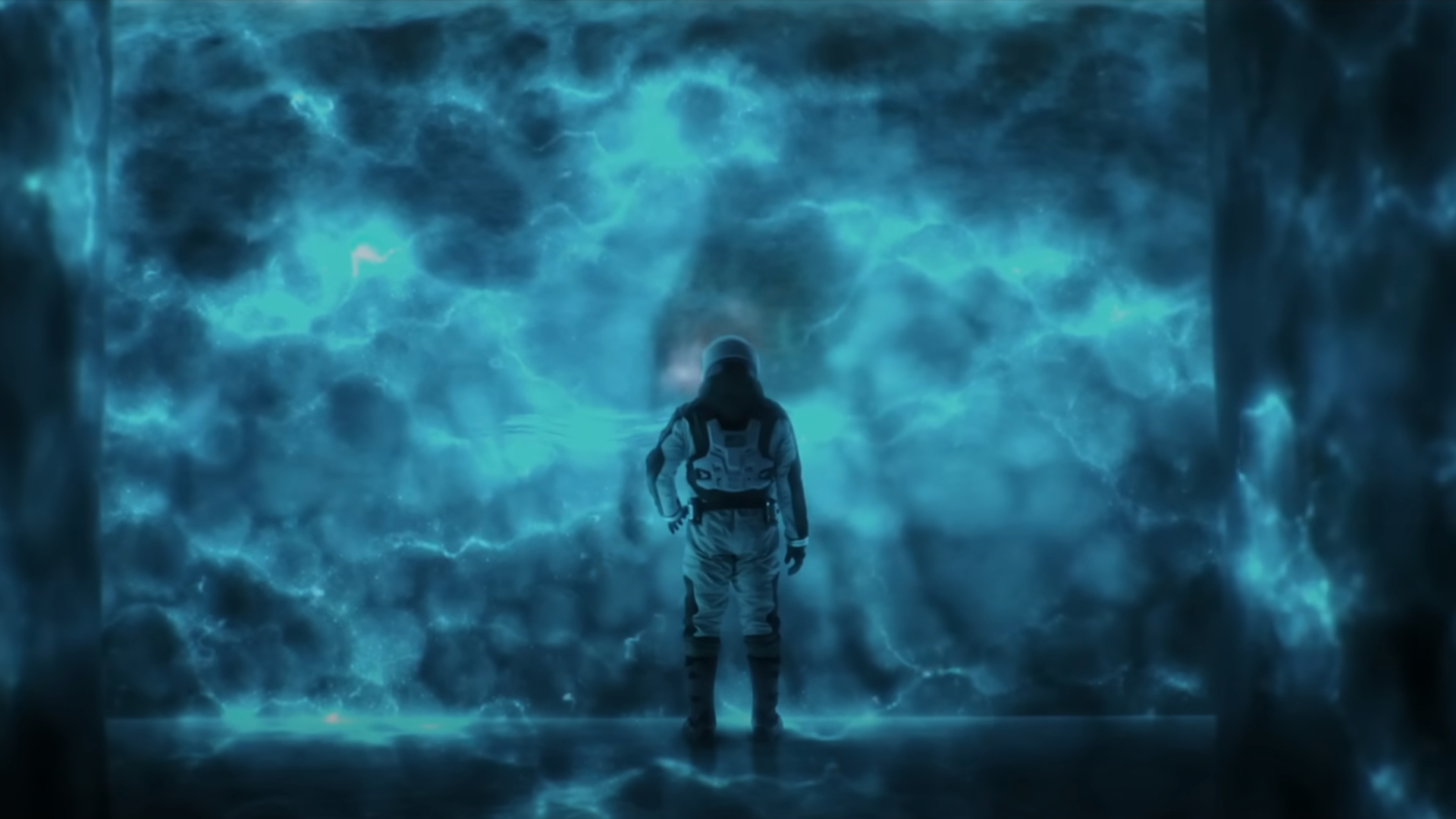Japan Blasted a Crater on Asteroid Ryugu and Here's the Photo Proof
[CRA2] Crater formation where the Small Carry-on Impactor collided with Ryugu has been confirmed! These images compare the surface before and after the SCI collision. pic.twitter.com/BZPYlHhSjsApril 25, 2019
A Japanese spacecraft successfully blasted a crater into a space rock called Ryugu, the mission confirmed today (April 25), releasing an animation showing how the impact changed the asteroid's surface.
The visual confirmation of the maneuver's effects mark another major milestone in the Hayabusa2 mission that Japan Aerospace Exploration Agency (JAXA) sent to explore Ryugu.
"The exact size and shape of the artificial crater will be examined in detail in the future, but we can see that terrain of an area about [60 feet] 20 m[eters] wide has changed," JAXA wrote in an update on Twitter. "We did not expect such a big alternation so a lively debate has been initiated in the project!"
Related: Photos: Japan's Hayabusa2 Asteroid Sample-Return Mission
So far, JAXA has released only before-and-after images of where the spacecraft created the crater. The 'after' image was captured during a recent excursion that sent Hayabusa2 to hover near the surface of Ryugu. The main spacecraft had ducked behind the asteroid during the impact procedure and for about two weeks after to protect it from flying debris.
The JAXA team didn't just want to leave their mark on another solar system body. The artificial crater operation has scientific value as well; the procedure should have given scientists access to study the pristine material below Ryugu's weathered surface.
Now that JAXA has confirmed the operation resulted in a crater, the scientific work can begin. That may include sucking up a sample of that deeper rock, which would join a sample collected earlier this year from another site on Ryugu.
Breaking space news, the latest updates on rocket launches, skywatching events and more!
Hayabusa2 will remain at the asteroid until near the end of this year, when the spacecraft turns back toward Earth with its precious cargo of space rock samples on board.
- Diamond Asteroids: How Bennu and Ryugu Got Their Fancy Shapes
- Hop, Don't Roll: How the Tiny Japanese Rovers on Asteroid Ryugu Move
- Japanese Spacecraft Successfully Snags Sample of Asteroid Ryugu
Email Meghan Bartels at mbartels@space.com or follow her @meghanbartels. Follow us on Twitter @Spacedotcom and on Facebook.
Join our Space Forums to keep talking space on the latest missions, night sky and more! And if you have a news tip, correction or comment, let us know at: community@space.com.

Meghan is a senior writer at Space.com and has more than five years' experience as a science journalist based in New York City. She joined Space.com in July 2018, with previous writing published in outlets including Newsweek and Audubon. Meghan earned an MA in science journalism from New York University and a BA in classics from Georgetown University, and in her free time she enjoys reading and visiting museums. Follow her on Twitter at @meghanbartels.
